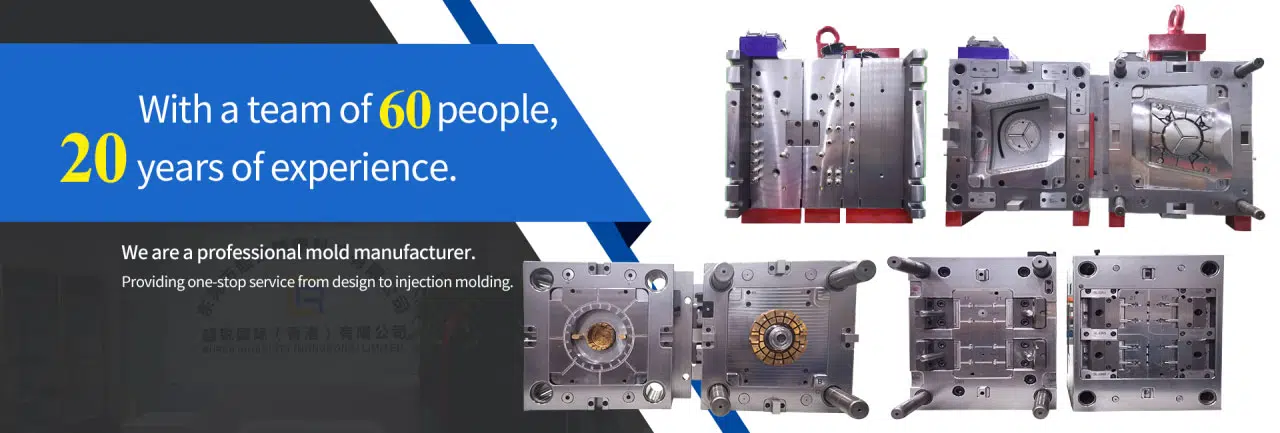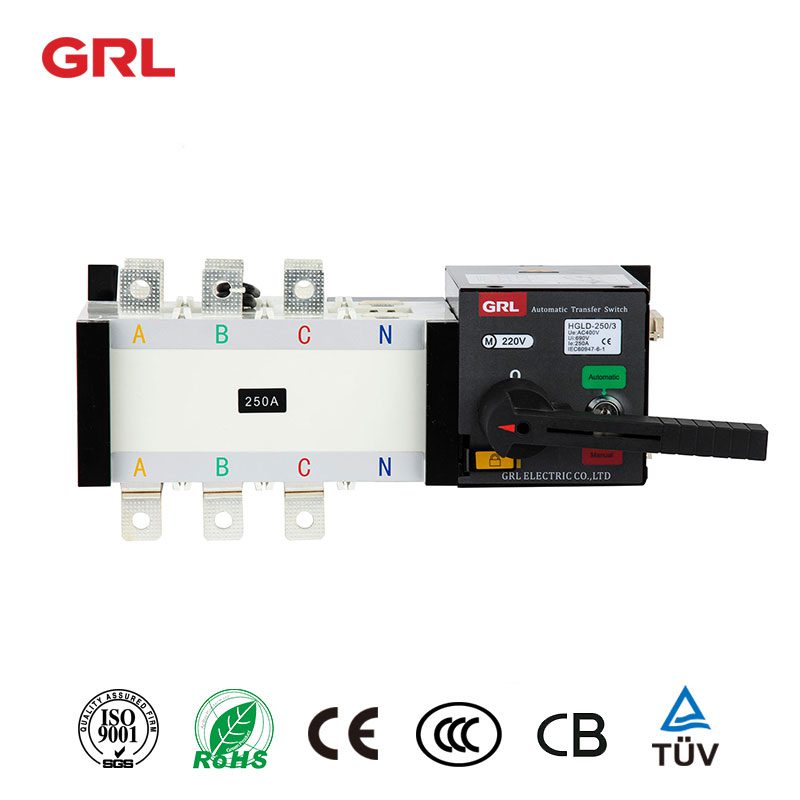What Is a Solvent Weld Ball Valve
July 18, 2025 | News | No Comments
# What Is a Solvent Weld Ball Valve
A solvent weld ball valve is a type of valve commonly used in plumbing and industrial applications to control the flow of liquids or gases. Unlike threaded or compression fittings, solvent weld valves are permanently bonded to pipes using a chemical solvent, creating a strong, leak-proof connection. These valves are particularly popular in PVC and CPVC piping systems due to their durability and ease of installation.
## How Does a Solvent Weld Ball Valve Work?
The ball valve mechanism consists of a spherical disc (the ball) with a hole through its center. When the valve is open, the hole aligns with the pipe, allowing fluid to pass through. Rotating the handle 90 degrees turns the ball so that the hole is perpendicular to the pipe, blocking the flow completely. This simple design ensures quick and reliable shut-off.
The solvent weld aspect refers to the method of connecting the valve to the piping system. A special solvent cement is applied to both the pipe end and the valve socket. When joined, the solvent chemically fuses the materials together, forming a permanent bond that is often stronger than the pipe itself.
## Key Features of Solvent Weld Ball Valves
– Permanent connection: Once installed, the joint cannot be disassembled without cutting the pipe
– Excellent chemical resistance: Ideal for handling corrosive fluids
– Smooth bore: Minimizes pressure drop and turbulence
– Bubble-tight shutoff: Provides reliable flow control
– Lightweight construction: Easier to handle than metal valves
– Cost-effective: Generally less expensive than metal alternatives
## Common Applications
Solvent weld ball valves are widely used in:
– Residential and commercial plumbing systems
– Water treatment plants
– Chemical processing industries
– Irrigation systems
– Pool and spa installations
– Laboratory equipment
## Installation Considerations
Proper installation of solvent weld ball valves requires:
– Clean, deburred pipe ends
– Correct sizing of both pipe and valve
– Application of the appropriate solvent cement
– Adequate curing time before pressurizing the system
– Proper alignment before the solvent sets
Always follow manufacturer instructions for the specific solvent cement being used, as curing times and application methods may vary between products.
## Advantages Over Other Valve Types
Compared to threaded or compression fittings, solvent weld ball valves offer:
– Superior leak resistance
– Reduced maintenance requirements
– Elimination of potential thread corrosion
– Smoother flow characteristics
Keyword: what a solvent weld ball valve
– Longer service life in compatible systems
However, the permanent nature of solvent welding means these valves are not suitable for applications where frequent disassembly may be required. In such cases, threaded or union-style ball valves may be more appropriate.
## Maintenance and Troubleshooting
While solvent weld ball valves require minimal maintenance, occasional issues may arise:
– If the valve becomes difficult to operate, the ball may need lubrication (use only compatible lubricants)
– For complete failure, the entire valve section must be cut out and replaced
– Regular visual inspections can identify potential problems before they cause system failures
Always ensure the valve is rated for the specific chemical and temperature conditions of your application to prevent premature failure.



